
The air quality in indoor environments has changed significantly in recent years following the entry into force of smoke-free regulations and the increasingly widespread use of air conditioning systems.
Whereas outdoor environments require more attention to solid particulates (SPs) and nitrogen oxides (NOx) (substances particularly related to road traffic), indoor environments call for more attention to volatile organic compounds (VOCs), but above all the presence of bacteria, almost always present in high concentrations, and viruses
For example, it is well known that frequently attended and crowded places are regularly affected by bacterial and viral contamination; people with health problem are particularly at risk. Typical situations are hospitals, surgery waiting rooms, play schools etc. However, in general, care should also be taken in public places, offices and even private homes.

Officially, between 400,000 and 750,000 cases of bacterial contamination occur in Italian hospitals every year, associated with 4,500 to 7,000 deaths, i.e. 5–8% of hospitalised patients (Adnkronos, 31/1/2017).
It is not an exaggeration to say that we go to the doctor to care for our health, but the real risk is contracting an illness in the waiting rooms.
It is also well known that many cases of bacterial contamination are caused by air conditioning systems.
An efficient environmental purification system must therefore be able to destroy the airborne bacteria as much as possible but, above all, it must kill the bacteria that become trapped in the filters. Given the practice of infrequent filter replacement by the users, this prevents purification systems from becoming a cause of bacterial contamination.

A subsequent literature survey commissioned by the Microbiology Laboratory of the Politecnico di Milano has shown that the combined effect of UV lighting and photocatalysis is capable of neutralisng all microorganisms (bacteria and viruses)
In conclusion, according to the data shown in the above tables, UV-A-induced photocatalysis of TiO2 or TiO2-based surfaces at a suitable light intensity (I) has the potential to provide a powerful tool in the fight against transmission of infectious disease in a very short irradiation time (Tirr) of about 30 min. As a valuable alternative, inactivation of airborne microorganisms can be achieved by using 30-min UV light irradiation time (Tirr) across the UV-C spectrum, depending on the UV light intensity (I).